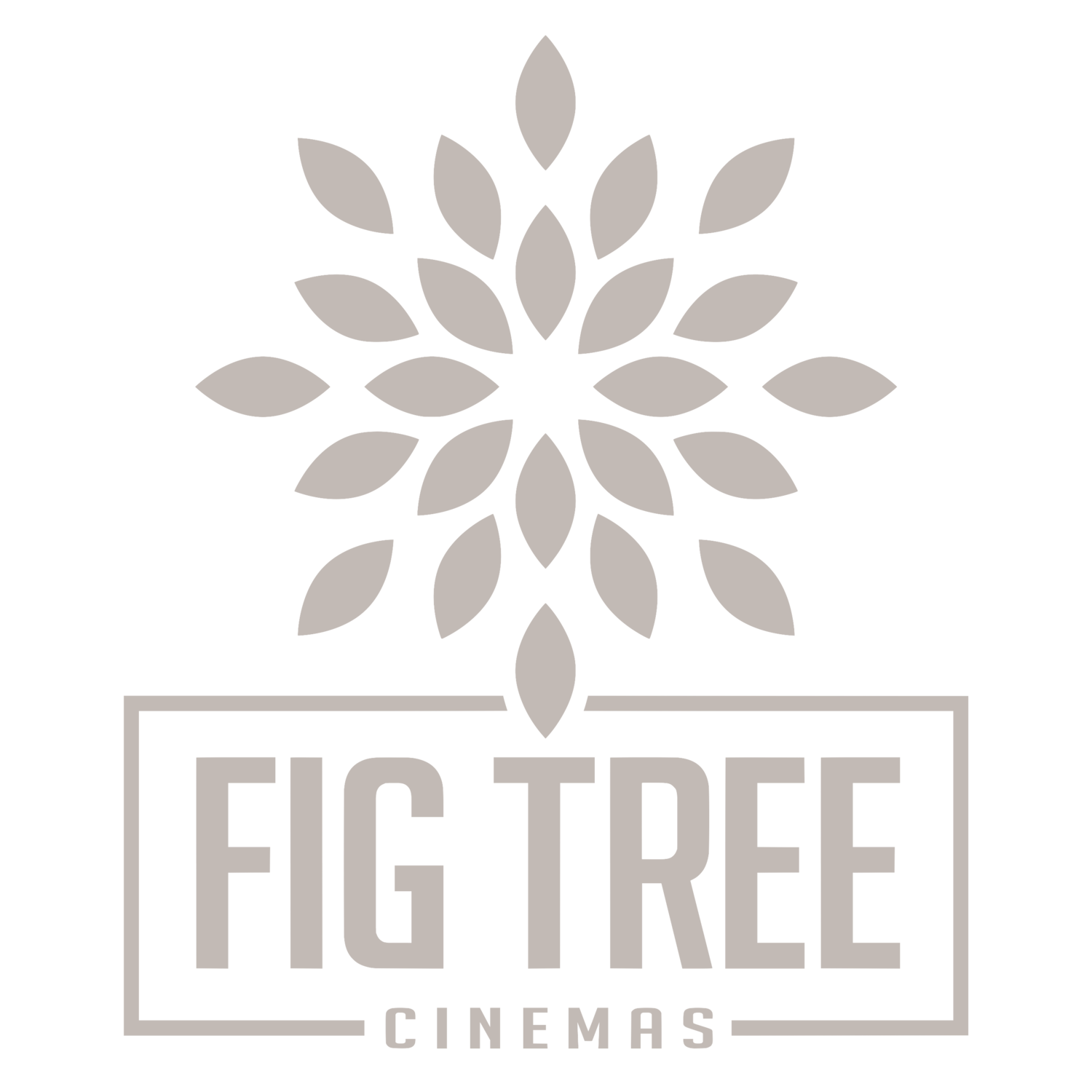Photographing Bands: Guitarist
I've been doing more and more band photos and I was asked by a couple people to write how I went about taking those photos. So by popular request, here it is. My thoughts on photographing bands. Fourth post, the Guitarist. My personal favorite one (admitting to bias).
Things to Keep in Mind
Not surprisingly, the rules for photographing singers apply to guitarists. They move a lot, are very dynamic, and can create some truly amazing images. Some things to keep in mind are:
- EARMUFFS: I can't emphasize this enough... I want you guys (and ladies) to be able to hear your favorite songs after you photograph a concert. Just put earplugs on... please?
- Guitarists make Faces: I can guarantee that many Guitarists make faces when they play. This can be great for the emotion of an image, but just keep in mind that you don't want to take a photo of them looking constipated or like they're about to sneeze.
- Go Wide: Of all the Guitar photos I've taken, the ones taken with a wide lens are the ones I most often keep. They really give depth to an otherwise flat instrument.
Now that we have the basics out of the way, let's get to photographing some guitarists!
Live Electric Performances
When photographing electric guitarists, you've gotta be fast! For both of these images, I was at around 1/320 to 1/400's on a Canon 70D shooting at 7fps. Even then, I was missing shots left & right. That was until, I started photographing in-sync with the songs that they were playing. And this increased my nitrate dramatically. The reason? Guitarists tend to have solos just after the second major chorus, and because of this, I anticipated their actions beforehand and was able to capture the images you see below.
Live Acoustic Performances
Acoustic performances are by far my favorite performances to photograph. In addition to being an acoustic player myself, I am a huge fan of the warm and almost nostalgic feel of these instruments. However, one thing I cannot stress enough is the fact that you need a decent set of earplugs to protect your hearing if you're going to be photographing indoor events of any kind on a frequent basis. Not only because of the loudness of these performances, but because of the reverb inside that could cause more damage than anticipated.
Compared to Electric performances, Acoustic performances have a whole different set of challenges all-together. Being that they're mostly indoors (with less light), you need fast glass. The photo you see above was shot with my Rokinon 14mm T/3.1 (F/2.8 equivalent) at ISO 1250 and 1/50's on my Canon 60D.
One thing that I've noticed with Acoustic performances is that they tend to be easier to photograph because the guitarist isn't going to be running around the stage with a big hunk of wood, risking its safety. That, along with the fact that they're usually lit pretty well (considering it's low light) is the reason acoustic performances are my favorite. And besides, I love the music. :-P
Practice Sessions
Practice sessions are, to me, the easiest and most freeing of the three. You don't have to worry about "missing the shot" as often, and you can try creative stuff you wouldn't even think about doing at an event. For example, the shot above is of my personal guitar (Yamaha FG700S + Elixir Nanoweb Strings). To get a different look, I decided to throw the strings out of focus on my 100mm FD Macro lens. I'm glad I did! This photo is not only one of my favorites, but I could potentially use it for stock footage. That's another benefit of practice sessions, you could potentially get something good enough to sell.
The one to the left has a funny story to go along with the image. Recently, I had the opportunity to photograph the band Antimartyr while they were having band practice. During the practice, my buddy Zack was testing out his new 7-string. Hysterically however, he got it snagged on his stomach while he was playing. After it got snagged, he looked up and yelled, "WHY!!!!" Needless to say, I was hammering the shutter button and was fortunate enough to get this.
ISO 100, 1/160's, F/5.6 w/ Youngnuo YN-560 III Flash
That concludes my series on photographing bands! Again, these tips are what I've found useful, but if they help you become a better concert/band photographer, then I'm happy I could be of help! If you think you have any tips to offer me, leave a comment below and I'll include it in the post. That's it for now, take care!
